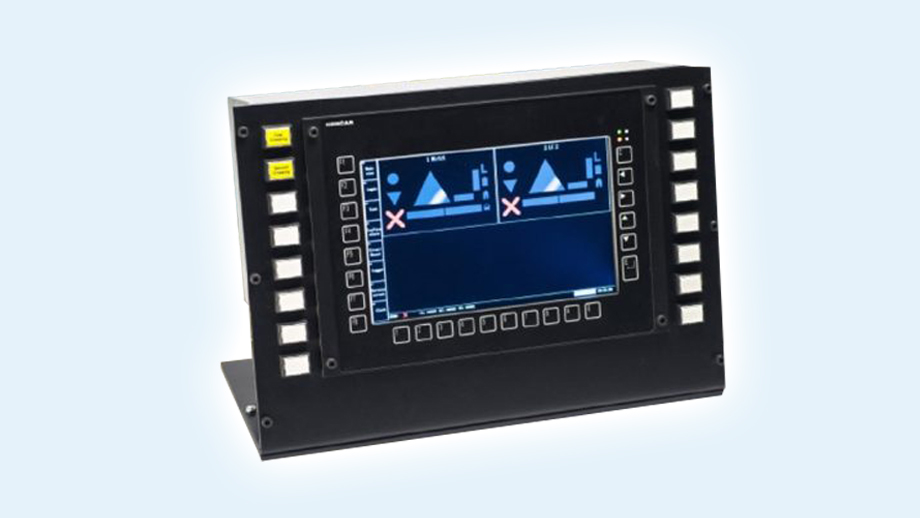A new patent grant for a novel method and device
Our long-standing and successful collaboration with KONČAR – Engineering (KET) has led to a new intellectual achievement. The European Patent Office has published a patent for the invention titled "METHOD AND DEVICE FOR DISPLAYING SAFETY UNIT SIGNALS WITH INFORMATION REGARDING RELIABILITY OF DISPLAYED SIGNALS," authored by Mario Bilić (Institute) and Davor Mraović (KET).

Our long-standing and successful collaboration with KONČAR – Engineering (KET) has led to a new intellectual achievement. The European Patent Office has published a patent for the invention titled "METHOD AND DEVICE FOR DISPLAYING SAFETY UNIT SIGNALS WITH INFORMATION REGARDING RELIABILITY OF DISPLAYED SIGNALS," authored by Mario Bilić (Institute) and Davor Mraović (KET).
In fields such as railway traffic automation, nuclear power plants, or instruments and equipment in maritime and aviation sectors, functional safety is paramount. Achieving functional safety in these systems hinges on reliable signalling.
Current market solutions for this purpose have a common technical limitation: besides indicating basic signals ("working" or "not working"), they fail to reveal other potential causes of desynchronization in safety units to the human operator. Thus, existing solutions do not provide sufficient information for an intuitive and straightforward assessment of system malfunctions or potential hazards.
The main challenge was how to safely present the status of critical signals on a standard computer LCD screen.
Motivated by this challenge, expert teams from the Institute and KET have developed a system that significantly enhances safety and reliability in the automation of systems in these areas. The invention introduces a novel method and device for displaying safety unit signals with information that increases the reliability of the displayed signals. By incorporating an animated luminous graphic effect, this invention effectively addresses the technical limitations of current systems. The graphic effect of a traveling "light beam" indicates any phase decoherence or desynchronization among redundant signal paths, ensuring that both the hardware and software, including each processing unit and communication channel, operate flawlessly.
“Signal security in technology is achieved through redundancy, meaning the signal state is determined by two computers and sent via different paths. However, the human operator sees a single screen and expects one symbol for each signal. We applied the idea of splitting each symbol into two parts, with each part controlled by one of the two signals. It is easy for a person to notice that the two halves of the symbol are different colours. This approach is not new, but it was insufficient for the time synchronization of signals and computers controlling one symbol. We introduced a new approach with a traveling 'light beam' that constantly moves across the symbol. Each computer sending the signal independently determines the position of the 'beam.' This allows a person to easily detect any break in the beam if synchronization diverges.
The development of security computers posed challenges, requiring additional optimization efforts. It took years to design, implement, and patent the idea,” explained Mario Bilić from the Institute.
Due to its primary application, this solution is categorized under safety systems designed to indicate malfunctions in signalling devices or their corresponding redundant signal paths. It is predominantly used in the aforementioned fields. This method and device can be applied in any context where humans act as reliable interpreters of redundant signals.